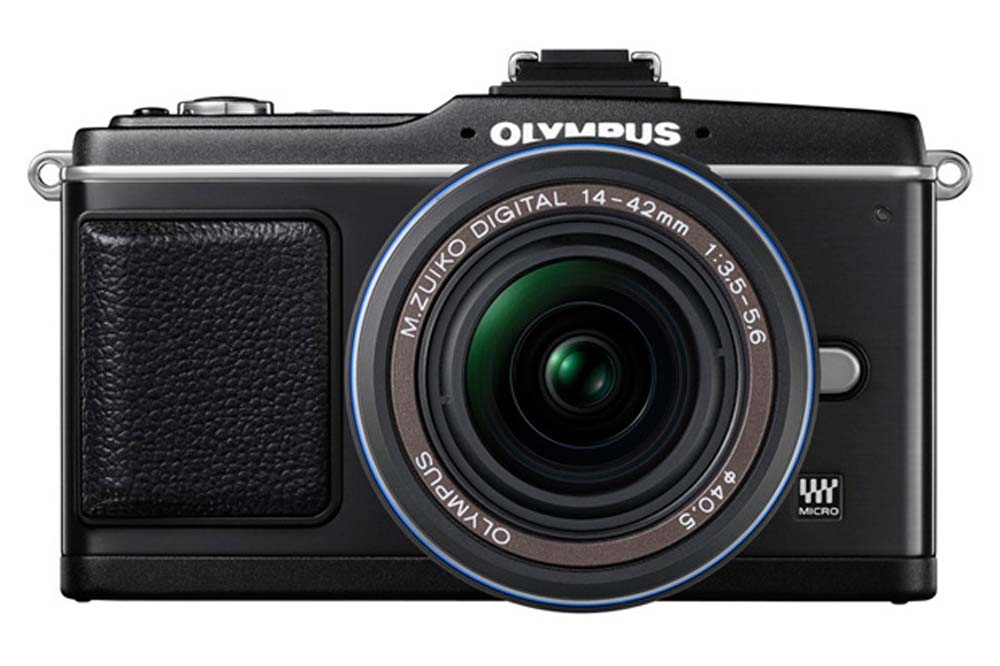Last Updated on 07/29/2011 by Chris Gampat
The Olympus EP-2 review is now over. Let’s dive right in and make the conclusions!
Editor’s Note: This posting is not being written by Vincent Pastore, but instead by Editor Chris Gampat. Vincent is no longer with ThePhoblographer.com. Because of this, it will contain many quotes from his postings as well as additional feedback.
Testing
Day 1– Getting a feel for the camera more.
Day 2– Tested the high ISOs and autofocus in a dimly lit bar.
Day 3– Full testing of high ISOs and art filters.
Day 4– Advantages of using the viewfinder
Day 5– With different lenses.
Autofocus
From Day 2: “I also tested out the auto focus tracking which works if the subject is moving anywhere between very slowly and not at all. What I mean is if you want to take an action shot the camera is constantly trying to refocus on the subject which can result in an out of focus photo if you snap the shutter at the wrong time. I feel like using Sequential Shooting in these cases would be better especially since I was able to snap photos at about photos a second, which is a lot faster than my Olympus E-510.”
Ergonomics
From Day 1: “The E-P2has a very natural feel. Like most cameras, your hand just molds to it. In terms of shooting, it feels good whether you’re shooting horizontally or vertically. This is important in many situations when you want to get that perfect shot, but you don’t want to have to feel awkward doing it. So, it’s important that the camera feels good in your hands. The button layout is a huge plus because of its ease of access and user-friendly design.
When it comes to transporting the camera the body itself is very compact. I also received the Olympus 17mm f/2.8 Lenswith the camera and it fits just fine in my Olympus bag right alongside my E-510
DSLR. You could even try carrying it in your pocket.”
Image Quality
No official commentary was actually given. In my opinion and conclusions, image quality is slightly better than the GF-1 and Panasonic’s cameras. However, it’s nothing to completely rejoice about.
High ISO testing
From Day 3: “For those who do a lot of night shooting, ISO control is important. The reason being is that the higher the ISO the more light is taken into the camera—however the trade off is you sometimes get a lot of noise, or what I like to call “snow”. I just ran a simple exercise of placing the Olympus EP-2on my tripod, set the camera to full auto and just raised the ISO with each shot I took. As you can see from the photos below the noise becomes noticeable at ISO 1600, and at 3200 it just looks like a mess.”
Vince also stated in Day 2 that ISO 3200 was very clean. What he didn’t mention is the post processing done, which became very evident later on in his high ISO testing.


